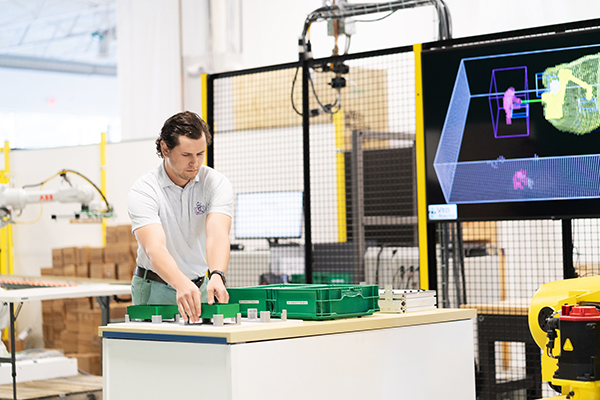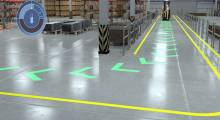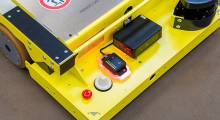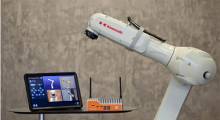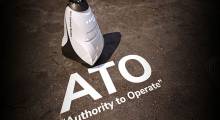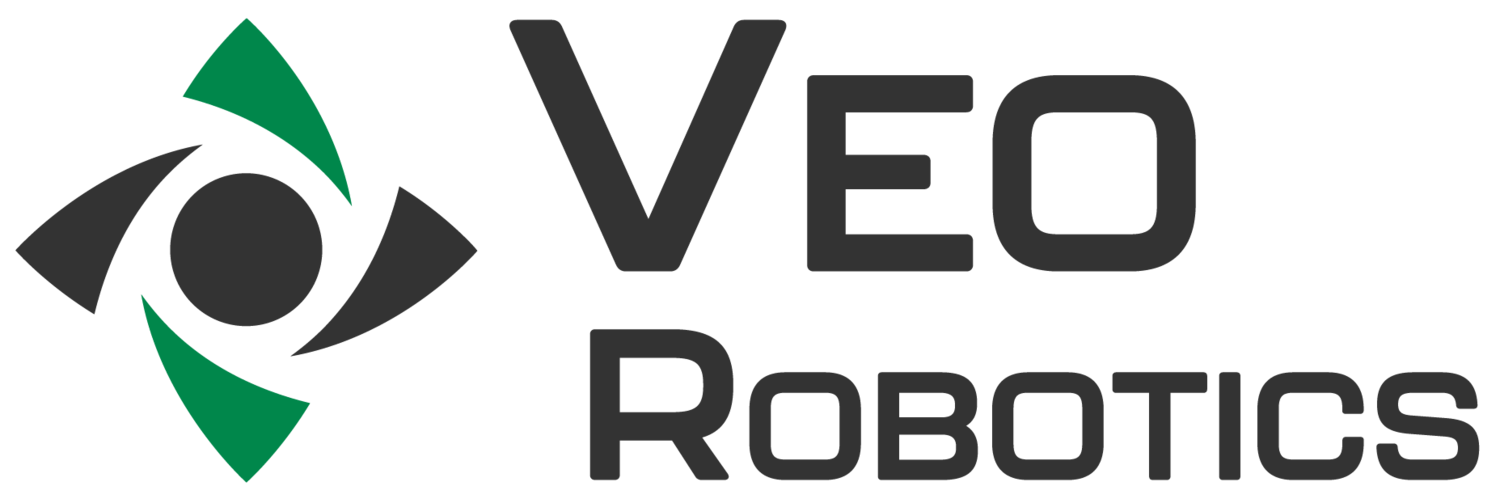As manufacturers adopt more automation, they need to guarantee safety on their factory floors. Veo Robotics Inc. today announced the release of its FreeMove 2.0 Engine, a high-performance industrial computer with a proprietary architecture that works with FreeMove Sensors to monitor workcells in 3D. The redesigned system implements speed and separation monitoring to enable safe interaction between humans and robots.
“Six years ago, we developed FreeMove as a first-of-its-kind safety solution to fill a gaping need in the industrial robotics industry,” said Patrick Toner, director of product marketing at Veo Robotics. “Since then, we’ve worked with the world’s largest robot companies to bring manufacturers the ability to more seamlessly combine the strength, precision, and speed of standard industrial robots with the ingenuity, judgment, and dexterity of humans on their facility floors.”
“FreeMove 2.0 builds on this progress, adding even more support for manufacturers to unlock the true power of human-robot collaboration,” he added.
Veo Robotics offers manufacturers flexibility
To get returns on their investments in robotics, companies need flexibility, said Waltham, Mass.-based Veo Robotics. The company said its research found that human-robot collaboration has risen for six out of 10 manufacturers in the past year.
“[Xometry company] Thomas reported that more than half of manufacturers are thinking of moving production out of China, and many are considering reshoring,” said Patrick Sobalvarro, president and CEO of Veo Robotics, at The Vision Show last week in Boston.
“But total productivity growth hasn't improved. Increased use of automation and fixed capital can introduce inflexibility,” he said. “Bernstein Research noted an inverse relationship between automation levels and labor productivity.”
“That's why collaborative robots have seen the success that they have,” Sobalvarro said. “Current safety approaches limit automation productivity.”
Veo Robotics said its FreeMove safeguarding system for industrial robots “enables fluid, efficient, and flexible production lines.” The company works with the world’s top four robot manufacturers: FANUC, Yaskawa, ABB, and KUKA.
FreeMove 2.0 expands safety support
FreeMove 2.0 adds support for more complex manufacturing applications, including the ability to monitor limited-access zones and adjacent workcells. With congested and busy production floors, manufacturers typically have FreeMove supporting overlapping workcells, said Veo Robotics. The upgraded engine can safeguard multiple workcells in a variety of configurations.
In addition, the new engine is more robust for work in harsh environments, has a reduced startup time, and improves sensor registration, Veo said.
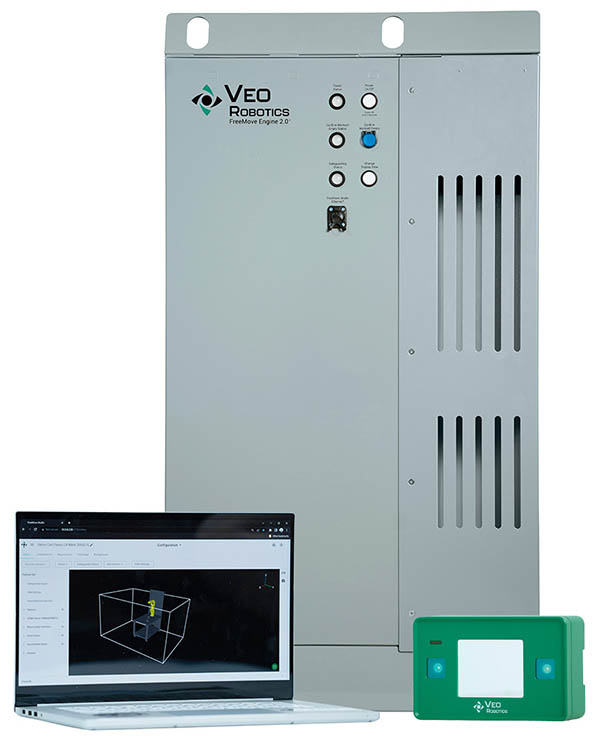
“We've worked to reduced the size of the FreeMove computation engine,” said Sobalvarro. “FreeMove is safer than a task-based risk assessment. You don't want to depend just on administrative controls. TÜV Rhineland certified Veo for ISO compliance.”
The FreeMove software still runs on fail-safe hardware, providing manufacturers dynamic speed and separation monitoring to automatically stop a robot when human co-workers move closer to the robot during operation. This lets manufacturing teams prioritize safety and productivity without sacrificing one for the other, the company claimed.
“We had to build our own hardware,” Sobalvarro explained. “It includes two server-class Intel motherboards with dual Xeon processors. All safety outputs have to fail over to the right positions, and we follow a dual-channel approach throughout.”
“We’ve always believed our advanced safety system to be a game-changer for human-robot collaboration,” added Toner. “We’re proud to continue helping our customers meet the unique demands of today’s flexible manufacturing environment and boost their productivity while keeping their workers safe.”
FreeMove 2.0 is shipping in January 2023, said Sobalvarro. While the system's list price and integrator price might be higher than that of a cobot, an industrial robot arm is cheaper and provides higher productivity, he said.
About the Author
Follow Robotics 24/7 on Linkedin
Article topics
Email Sign Up

